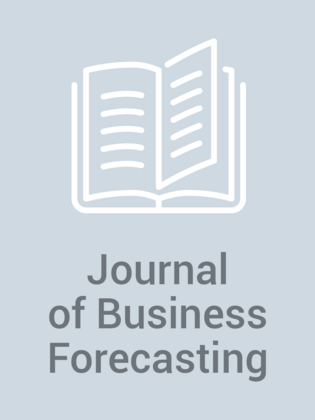Revisiting Top-Down Versus Bottom-Up Forecasting
REVISITING TOP-DOWN VERSUS BOTTOM-UP FORECASTING By Kenneth B. Kahn Top-down approach achieves a better forecast at the aggregate level and bottom-up approach, at the lowest level … a top-down approach assumes that one seasonal pattern fits all, that is, the seasonal pattern both at the aggregate and disaggregate levels are the same, which is often not the case … a hybrid approach which combines both may be the solution. What is the best approach to sales forecasting? Is it a top-down approach, where national brand forecasts are proportioned down to individual product items per location forecasts? Or is it a bottom-up approach, where item per location forecasts are aggregated up to create a national brand forecast? Various opinions support either approach. Proponents of top-down forecasting favor smoothing lower level data by aggregating it so that one can develop a better fitting model (the top level model will reflect a better R2 value than lower level models). It is also felt that top-down models often reflect better accuracy for top-level forecasting. The problem is top-down models typically do a poor job of forecasting at lower forecast levels (e.g.,‘ at the item ...
From Issue:
Summer 1998
(Summer 1998)









